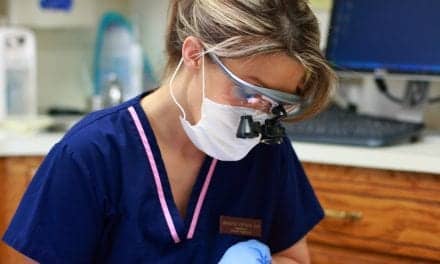Four new questions and answers have been added to the Positive Airway Pressure (PAP) Devices – Supplier Frequently Asked Questions based on questions received from the provider community. The new Q&As read as follows:
Q12: The PAP LCD states "Adherence to therapy is defined as use of PAP > 4 hours per night on 70% of nights during a consecutive thirty (30) day period anytime during the first three (3) months of initial usage." Can you please clarify whether the > 4 hours per night is continuous use or cumulative use in a 24 hour period? Would a patient who uses the device for 4 hours a night, but has a break in usage of 45 minutes still satisfy the requirements of the LCD?
A12: The > 4 hours per night is based on continuous use, with allowances for short breaks (e.g., toileting).
Q13: A patient was placed on PAP therapy and during the course of their 12 week trial period they were hospitalized for two weeks. How does this impact the requirement for adherence monitoring and timing of the face-to-face follow-up evaluation?
A13: The 12 week trial period applies to PAP use in the home setting. If a patient is admitted to an inpatient hospital or skilled nursing facility (SNF), the trial period is suspended. The trial period, including the requirement for adherence monitoring and the timing of the face-to-face re-evaluation (i.e., between the 31st and 91st day), resumes when the patient returns home.
Q14: Can continued coverage of PAP therapy be extended to patients who come close to meeting the adherence metric requirements but don’t quite achieve all of them in the 90 day timeframe?
A14: No. All of the requirements must be met within the 90 day time frame. CMS’ national coverage determination contained specific language that benefit from PAP therapy must be demonstrated in the first 12 weeks in order to provide continued coverage beyond that time. Compliance is a major issue with CPAP; failure of therapy is often related to mask fit, humidification, ramp time, etc. Most of these issues arise in the first few days of treatment and must be aggressively addressed by the supplier and/or treating physician. Even if that takes 4-6 weeks there is still adequate time to achieve the liberal local coverage determination metric of > 4 hours per night on 70% of the nights in a 30 day period.
Q19: If compliance is not documented in the first 90 days and the patient then has a new facility-based polysomnogram and face-to-face evaluation with a physician and a new trial period is begun, does a new capped rental period start?
A19: No. Standard break-in-need rules apply because there has been no change in the underlying condition that necessitates the PAP therapy. Consequently, a new capped rental period does not begin.



